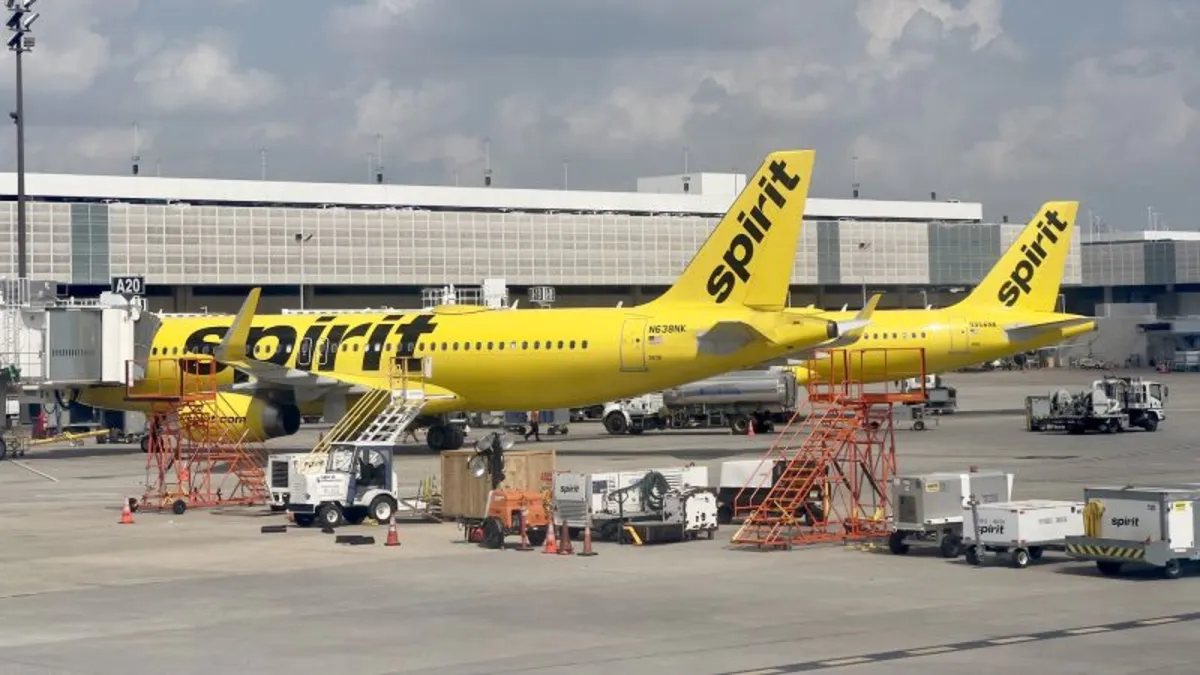
Spirit Airlines has recently issued a warning regarding potential going-concern doubts, just months after successfully emerging from bankruptcy. The airline is currently grappling with weak domestic demand and diminishing cash reserves, which are straining its operational capabilities. In its latest quarterly report released on Monday, Spirit Airlines highlighted the adverse market conditions that have contributed to its current predicament, including elevated domestic capacity and a decline in leisure travel demand during the second quarter.
The airline industry is facing a challenging pricing environment, a situation that Spirit Airlines has not been immune to. The company anticipates that these pressures will persist throughout the remainder of the year, further compounding the operational uncertainty it is already experiencing. In an effort to conserve cash, Spirit announced last month that it would furlough approximately 270 pilots and demote an additional 140 crew members. This move reflects the airline's need to adapt to the current market realities.
Spirit Airlines, based in Florida and recognized for its bright yellow livery, filed for bankruptcy protection last November, marking a significant moment as it became the first major U.S. carrier to file for Chapter 11 since 2011. The airline's struggles stemmed from years of financial losses, unsuccessful merger attempts, and substantial debt. Fortunately, Spirit emerged from bankruptcy in March after a court-approved restructuring plan backed by its creditors, which provided a glimmer of hope for the airline's future.
External factors have also exacerbated Spirit Airlines' challenges. Uncertainty stemming from President Donald Trump's sweeping tariffs and budget cuts has led to a reduction in consumer spending and a reassessment of travel plans by many passengers. Furthermore, the airline disclosed on Monday that its credit-card processor has requested that it set aside additional funds as collateral. Failure to comply could jeopardize its contract, which is set to expire on December 31.
To address these pressing concerns, Spirit Airlines has outlined a plan to bolster its liquidity. This strategy includes selling or monetizing aircraft and real estate assets, along with shedding excess airport gate capacity. However, the airline has expressed significant doubts about its ability to meet minimum liquidity covenants and the outcome of ongoing discussions with stakeholders. These factors raise substantial concerns about the company’s ability to continue as a going concern over the next 12 months.
In summary, Spirit Airlines is navigating a tumultuous landscape characterized by weak demand, operational challenges, and external economic pressures. The airline's future remains uncertain, and its strategies to enhance liquidity will be crucial in determining its viability in the coming year.